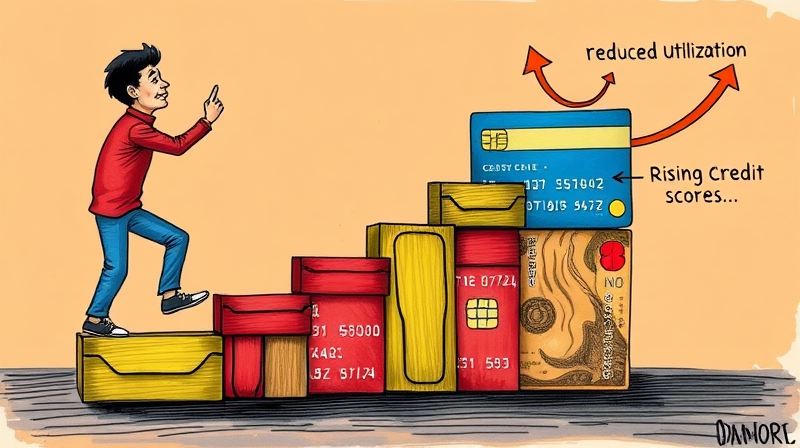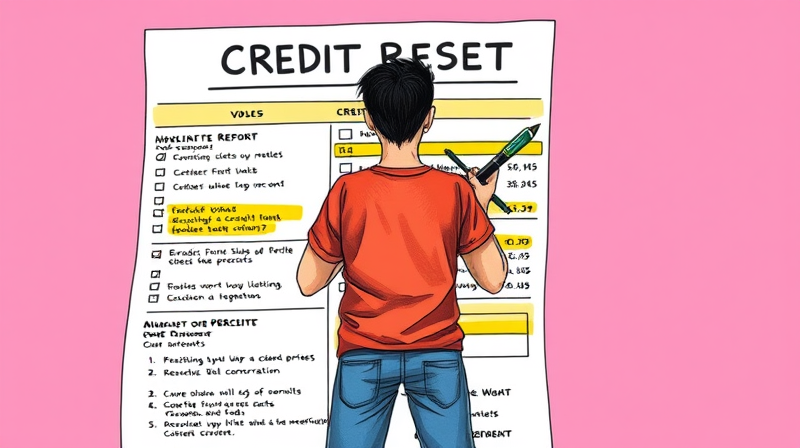
Your credit score reflects your financial reputation and unlocking its full potential often means managing every account with care. Inactive credit lines may seem harmless, but closing them without planning can unintentionally derail your progress. This guide combines expert strategies, clear examples, and actionable steps to help you close unused accounts while preserving—and even strengthening—your credit profile.
With a mindful approach, you can confidently streamline your finances, prevent unwelcome closures by issuers, and maintain overall credit utilization below 30%. Let’s dive into the mechanics of credit scoring and learn how every decision shapes your path toward a healthier financial future.
Credit scoring models weigh several factors, each influenced by how you open, use, and close accounts. The three primary drivers are:
When you close a credit card, your balance your available credit limits shifts, potentially raising utilization. Simultaneously, removing a long-standing account can reduce your average age, trimming the length of your history. Understanding these relationships is the first step toward deliberate, score-friendly decisions.
Issuers often close dormant accounts after extended inactivity—sometimes after just six months. An automatic closure can catch you off guard, producing an instant drop in available credit and a sudden spike in utilization. By proactively managing closures, you can avert abrupt changes and preserve key benefits:
Instead of letting issuers take the reins, adopt a plan that puts you in control of your credit narrative.
Before you notify an issuer to close an account, consider these expert-backed tactics to minimize any score impact:
By following these steps, you minimize fluctuations in utilization, sustain your credit age, and even strengthen your overall profile. Remember, intent and timing are critical when making adjustments to your credit footprint.
Concrete examples highlight why numbers matter. Imagine you have three cards:
• Card A: $2,500 limit with a $500 balance. • Card B: $1,500 limit with a $300 balance. • Card C: $2,000 limit with no balance (inactive).
Total available credit: $6,000. Total balances: $800. Utilization stands at roughly 13%—well under the recommended 30% threshold. If you close Card C without adjusting anything else, your limit drops to $4,000, and utilization soars to 20%. Though still below 30%, additional closures or higher balances could push you above the danger zone.
Sometimes, despite vigilance, issuers will notify you of an impending closure due to inactivity. Here’s how to respond effectively:
Taking swift action can sometimes reverse an undesired closure, or at least prepare you for the most favorable outcome.
Closing inactive accounts should be part of an ongoing financial maintenance routine, not a one-off task. Schedule annual credit report checks to spot errors, new closures, or unauthorized activity on annual credit report reviews. Regularly assess your balances, credit limits, and upcoming expirations of rewards. Cultivating this habit ensures you remain in command of your credit destiny.
Financial confidence stems from informed decisions and intentional actions. By understanding the impact of each closed account, implementing tested strategies, and staying vigilant, you empower yourself to reduce clutter in your wallet without sacrificing your hard-earned credit reputation. Embrace this knowledge, take the reins, and watch your credit story unfold on your terms.
References













